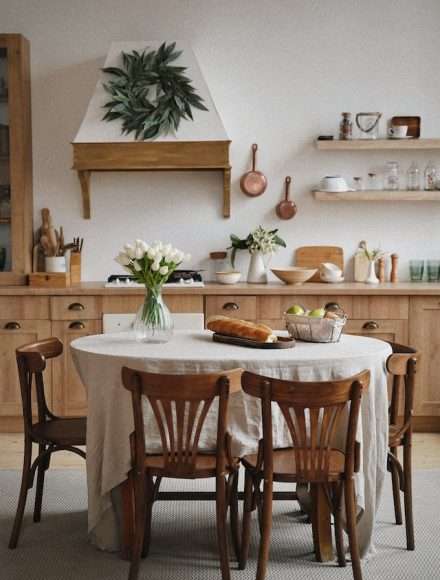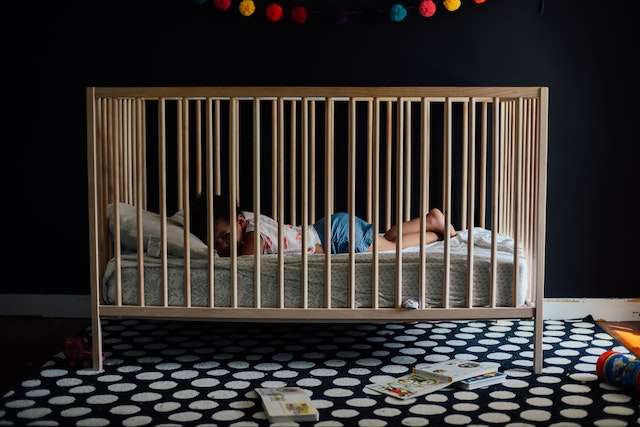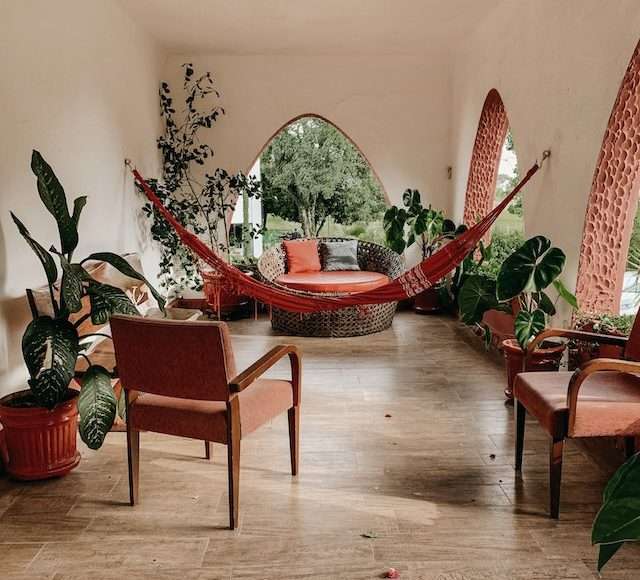Return to The Office: The Evolution of Office Design

The office is always evolving, and every change brings exciting new possibilities. We’ve gone from small cubicles to open-space concepts and are now looking at a world of brand-new office designs that embrace innovative technology and creativity.
Today’s article was written by the experts at Falcon Electrical Wholesalers, who have worked with corporate businesses across the UK to upgrade their electrical systems and improve the workplace. In this post, Falcon Electrical will explore how the move back to the office is bringing about changes in its design – think interactive spaces, lots of natural light, and flexible furniture solutions – so you can get ahead of the trends before your own return to work.
Advantages of a Modern Office Space
Improved Efficiency and Productivity
A modern office setting is designed with efficiency in mind. Everything from the furniture layout to the technology you incorporate into your workspace should be chosen for its ability to make employees more productive. For instance, ergonomic chairs and desks can help promote comfort during long workdays, while wireless technology can help facilitate easy collaboration between members of your team. Innovative software solutions like cloud computing systems can also increase the efficiency of your operations by streamlining vital tasks like data storage and sharing information.
Enhanced Employee Morale
Modern office spaces are inherently more inviting than traditional cubicles or cramped conference rooms. Employees will feel more motivated when working in a workspace that is both aesthetically pleasing and functional. Additionally, incorporating elements like natural lighting, artwork, and plants into your design can boost overall morale even further as they bring colour, life, and personality to the workplace.
Enhanced Company Image
A modern office also has added benefits outside of its immediate occupants—it also increases your company’s visibility. Having an attractive workspace speaks volumes about how seriously you take your business; potential clients or customers may be impressed with your commitment to professionalism when they step foot in such an inviting atmosphere for meetings or presentations. It also reinforces the notion that you understand what it takes to succeed in today’s digital world; this could give you an edge over competitors who have not yet implemented similar changes in their own offices.
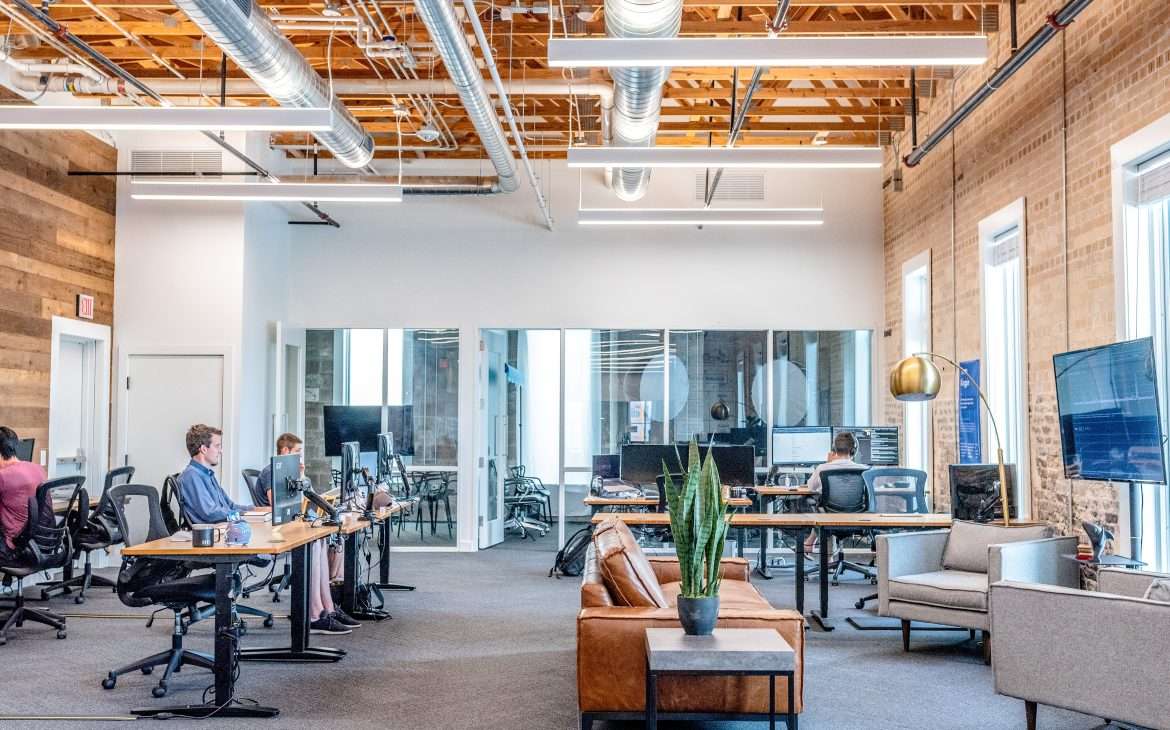
How Office Design Impacts Productivity
The design of an office can have a substantial effect on the productivity of its occupants. How a space is laid out, decorated and organised determines how comfortable people feel in it and impacts their ability to concentrate and focus on tasks. A good office design should include plenty of natural lighting, airflow, access to fresh air, ergonomic furniture, and attractive aesthetics which foster creativity.
If a space has wide open areas for collaboration as well as individual pods or cubicles for some privacy, it helps employees to take breaks from intense concentration while still having access to co-workers when necessary. Not only does design impact productivity directly through comfort levels, but it also can reduce distractions, improve morale, and decrease stress levels for all employees. Ultimately looking at how an office is designed, we can better understand why certain staff members are more productive than others.
Promoting Team Collaboration
Office design has come a long way in recent years; it used to be desks arranged in a room, but now it is about creating an atmosphere that encourages team collaboration. Everything from proper lighting and temperature to ergonomic furniture and the layout of the space can help promote an environment where employees feel comfortable working together.
Even simple changes such as gathering areas with comfortable couches or ways for employees to freshen up during their breaks can make a big difference in how willing they are to interact with one another. The bottom line is that investing in an office design that contributes well to collaboration will pay off when your team sees better results from working together!
Making the Office Healthier & Safer
Making your office healthier and safer can be simple if implemented in incremental steps. An obvious first step would be to ensure everyone is comfortable working on ergonomic chairs, desks and keyboards that support proper body posture. Ensuring that the HVAC (heating, ventilation and air conditioning) system is working properly is essential for employees’ health and providing clean air quality.
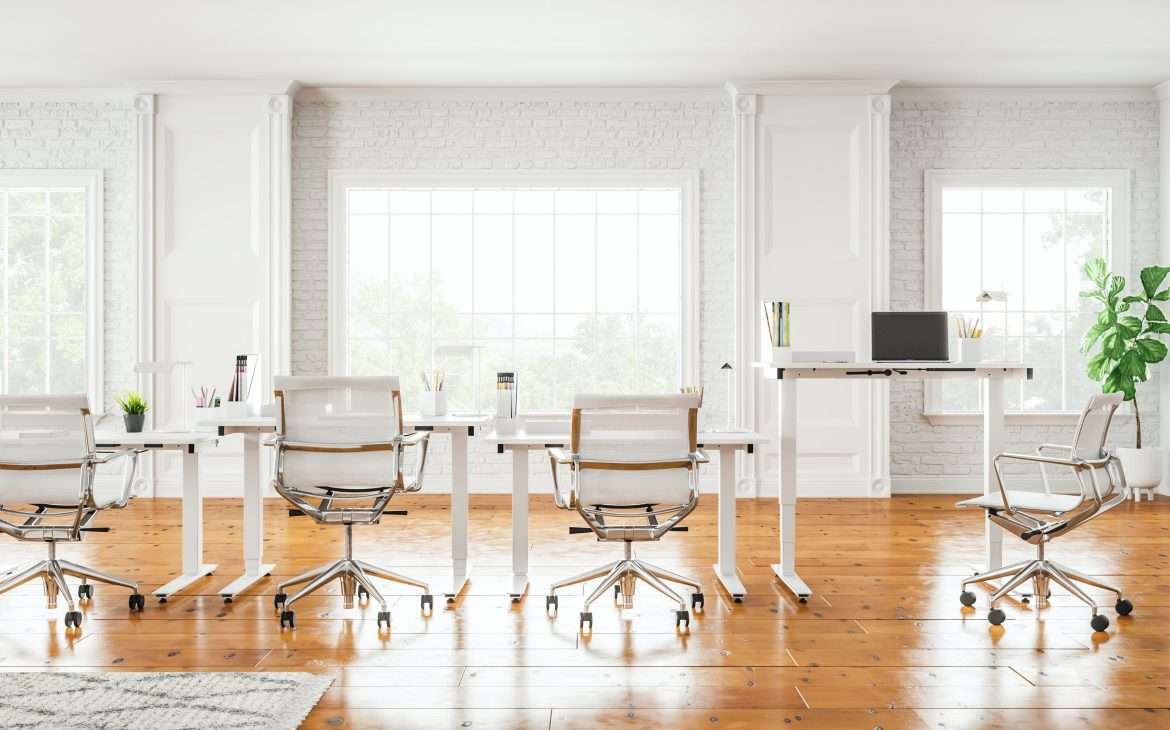
Natural light should also be maximised in the workplace whenever possible, as this helps bring energy and positivity to the atmosphere. Companies should also develop healthy habits, such as encouraging staff walking meetings or installing standing desks in the workplace. This could lead to physical wellness and a better mental attitude in employees. Finally, by ensuring regular deep cleaning of shared areas, such as bathrooms and kitchens, will go a long way towards maintaining a healthy work environment.
Technology Integration in the Workspace
Office design has come a long way since the days of fluorescent overhead lighting and bland cubicles. With technology integration in the workspace, offices have become much more aesthetically pleasing environments tailored to the needs of their occupants. It is now commonplace to find ergonomic furniture that helps reduce strain on backs, necks and shoulders, while adjustable height desks allow people to stand up and work easily.
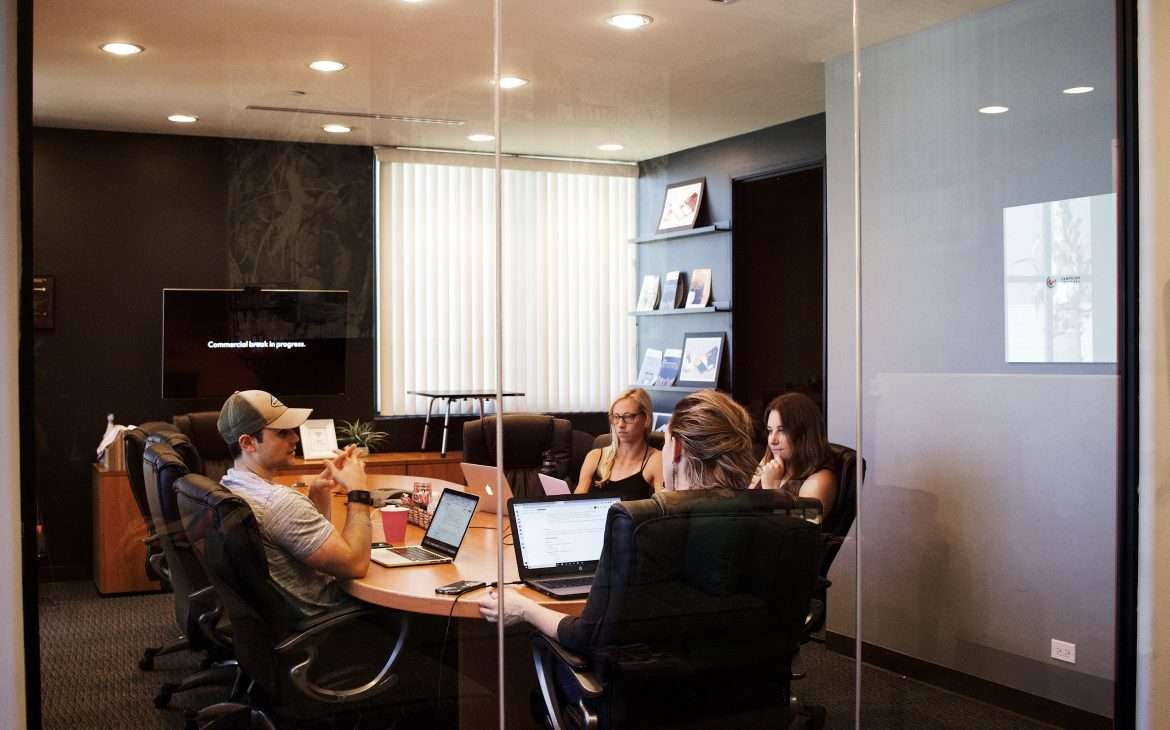
Smart offices can even use sensors and high-speed internet connections to monitor air quality and adjust thermostat settings accordingly. Cosy lounges offer breakout areas for greater collaboration, creativity and productivity, and modern conference rooms are powered by integrated audio systems for hosting meetings with remote workers thousands of miles away. The future of office design looks bright – with technology continuing to streamline the workspace design process for optimum efficiency.
Adjusting to Changes in the Workforce
Office design has undergone many changes in recent years. Many organizations are now utilizing open-concept spaces and remote working options to enhance worker collaboration while providing more innovation opportunities. These new designs can help with employee retention and engagement, allowing people more autonomy and connection with the organization. Everyone must adjust to such changes to get the most out of the office space and remain competitive in an ever-evolving workforce.
Companies have embraced these ideas by embracing flexible designs that can easily morph into multiple work settings, such as meeting rooms or collaborative areas, for enhanced creativity and productivity. Adjusting to these changes will be a rewarding experience for everyone involved, both from a productivity standpoint and from developing better relationships between colleagues.
Creating an Inspiring Environment for Employees
Office design has come a long way in recent years, helping to create an inspiring environment for employees. Where once drab cubicles and beige walls were the norm, businesses now strive to create an atmosphere that reflects their brand and encourages creativity, productivity, and collaboration. This change has been driven by ideas such as Activity-Based Working (ABW) – a concept described by Forbes magazine as “placing employee experience front and centre of a company’s workplace strategy”.
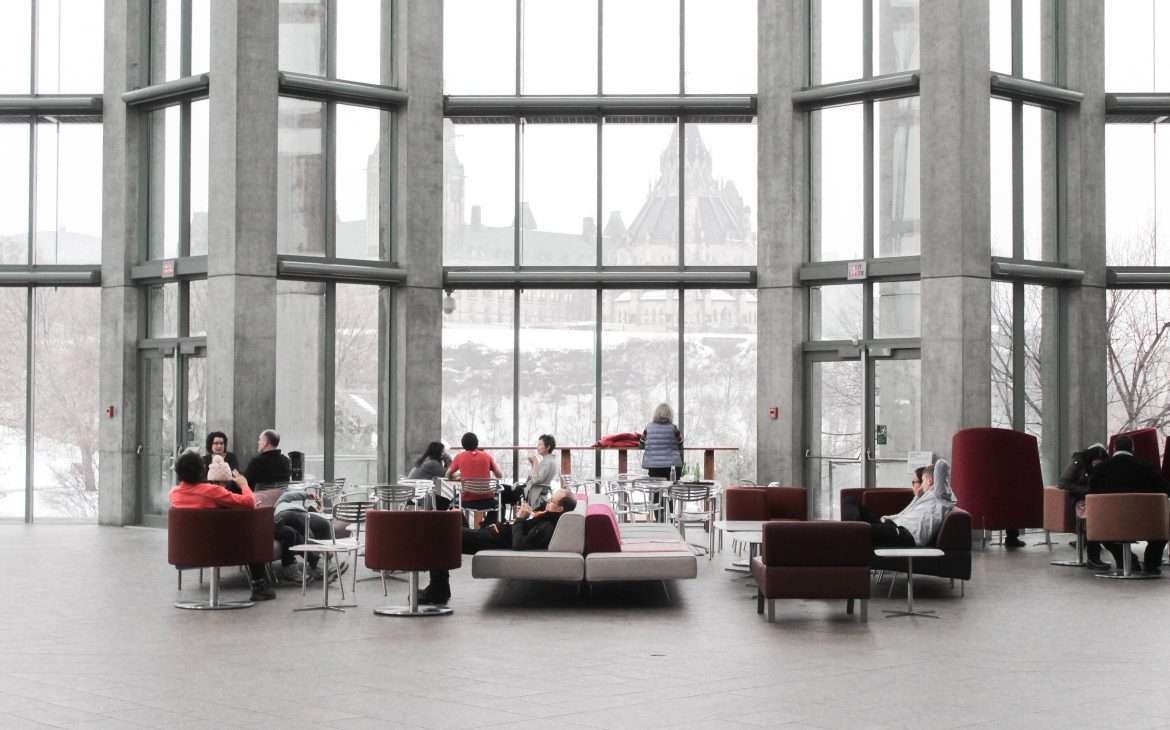
ABW focuses on changing the physical environment of an office to create spaces where people can engage in different activities, from deep concentration to more social tasks. Investing in good office design is highly beneficial for inspiring employees – leading to increased motivation and company loyalty. In summary, creating an inspiring environment for employees involves examining current trends in office design and making appropriate changes that encourage engagement with colleagues, productive work habits and foster creativity.
Designing a Flexible Workspace for Change & Growth
Office design has undergone many changes in recent years, including more attention to gender-inclusive spaces. Companies are increasingly opting for a flexible workspace that can easily accommodate changes and growth while also creating an inspiring yet functional atmosphere. This design philosophy allows teams to work more collaboratively in an environment tailored to their needs, which means more productivity and happier workers.
Whether it’s biophilic elements in the interior like plants or natural sunlight; collaborative layouts with plenty of moveable furniture; or different working areas such as breakout rooms, the modern workspace is evolved to meet the needs of its users. With experiences unlike any other being formed by these unique workspaces, this concept will certainly continue to be adopted and grow through 2023 and beyond.
Improving Air Quality & Lighting in the Office Space
The design of office spaces has come a long way in the past few decades, with more emphasis on providing clean, comfortable environments to work in. Improving air quality and lighting are two important issues businesses of all sizes need to consider when designing their workplace. This is because these elements can affect employees’ mental health, creativity, productivity and general working atmosphere.

Companies can now incorporate advanced technologies such as carbon dioxide sensors, green walls and even natural light into their office designs – all of which improve air quality and boost employee morale through better ambient lighting conditions.
Designers are also increasingly looking at incorporating natural elements into office spaces to help strengthen indoor and outdoor connections and create a healthier work environment for staff. Simply put, it’s now easier than ever for employers to create a healthy and productive workplace where people can enjoy spending time.
Incorporating Nature into Office Design
For a good reason, office design is evolving rapidly to encompass more nature-based concepts. Creating a more natural work environment promotes relaxation, increases productivity, and reduces employee stress. By introducing elements like plants, daylight, and materials such as bamboo, designers are finding new ways to give office spaces a warm, inviting atmosphere.

But perhaps the most crucial part of incorporating nature into office design is ensuring employees have easy access to outdoor spaces such as balconies, patios and parks that can help cultivate a working environment where creativity and energy overflow. The evolution of office design towards nature-based concepts is certainly only the beginning of a much-needed transition from traditional stuffy cubicles to functional open-airflow areas filled with greenery.
Adding Comfort and Relaxation Spaces to Offices
With businesses increasingly focused on the mental well-being of their staff and workplace productivity, office design is having to evolve. No longer are large desk spaces with file cabinets and cubicles the only option – modern offices incorporate comfort and relaxation spaces in various shapes and forms. This includes space for mental health exercises, such as massage chairs, soundproof pods for privacy and nap areas, meditation rooms with yoga mats, and more traditional engagement zones like game areas and quiet reading nooks.
All these new additions are designed to help workers take a break from the pressures of their daily tasks and restore some balance in their lives, allowing them to stay productive at work and home. By designing these specific areas with employee relaxation in mind, businesses can create an all-rounded environment where more meaningful work can take place.
Maximising Efficiency with Smart Design Solutions
Office design has come a long way over the years, and our current work environment is drastically different to what it used to be. Once filled with desks lined up in a regimented style, we now have designs that promote collaboration and communication while satisfying productivity needs. Using smart design solutions such as adjustable desks, multipurpose furniture and standing tables, employers are maximising efficiency within their office spaces.
Employers are also looking at how other design aspects can optimise productivity. For example, incorporating biophilic designs with natural elements like plants for improved air quality creates ergonomic seating for increased comfort and provides better lighting for increased visibility. No matter how big or small an office layout is, with the help of smart design solutions, employers can create a workplace that fosters creativity, well-being and workplace satisfaction.
Creating Privacy with Acoustics & Open Spaces
The concept of creating privacy with acoustics and open spaces has revolutionised the way office designs have evolved. Gone are the days when offices were divided into one large cubicle design, where everyone heard every private conversation.
Now, offices use sound-dampening materials in their designs and incorporate open spaces to create a more natural conversational flow. With the help of these strategies, employees can communicate openly without fear of being overheard or disrupted by loud noises. Not only does this provide a comfortable work environment for the employees, but it also boosts overall productivity as well. By utilising cutting-edge acoustics technology together with an open floor plan design, companies can allow their teams to converse in privacy while preserving collaboration and creativity.
Organising Your Workspace to Enhance Performance
The evolution of office design has created many possibilities for personalising and optimising workspaces. From open-plan and tall-ceilinged offices to carefully partitioned cubicles and personal desks, your workspace design can profoundly affect how well you perform during the day. Taking the time to organise your workspace strategically will help keep you focused and energised, so it’s worth considering which layout is right for your work habits.
Not only that, but making sure things like computer monitors are at the right height, having enough lighting available, and even adding some natural elements like plants can provide invaluable mental and physical relief while working. Ultimately, with plenty of style choices available in modern office designs, it’s easy to create a workplace environment that is conducive to optimal performance.
Optimising Ergonomics & Human Factors into Design
The design of the modern workspace is constantly evolving. As modern technologies become more sophisticated, the importance of ergonomics and human factors in office design is also increasing.
Optimising ergonomics and human factors in office design are essential to improving productivity, morale and employee health while reducing strain and injury which are often associated with traditional office environments. Smart use of technology paired with furniture geared towards adjustable comfort and well-being can help create an ideal workspace that will nurture an environment conducive to creativity and success.

As office designs move away from the constraints of cubicles and become even more open-plan, placing an emphasis on ergonomics combined with furniture design constructed for comfort could not come at a better time than 2023. The goal will be to balance getting back together as soon as possible while preserving our well-being from desk-related strains.
Conclusion
The design of office spaces has come a long way since the days of stuffy cubicles and fluorescent lighting. With a greater focus on employee productivity and well-being, today’s offices are designed to be more comfortable and inviting. Keep these trends in mind if you’re considering making changes to your office space.
